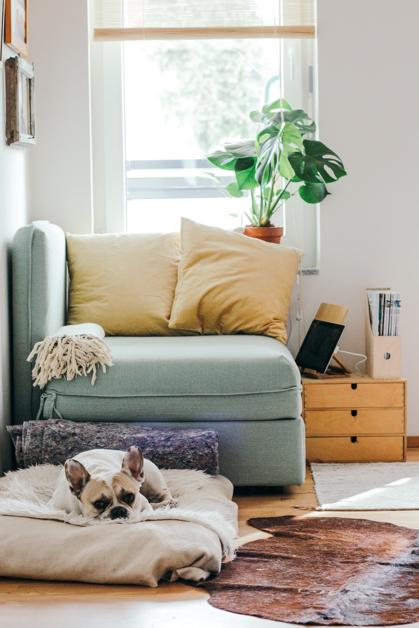Owners of historical homes know that choosing paint colors is a nerve-wracking and critically important decision.
Ready-mix paints have been available since the middle part of the nineteenth century and from that time home owners have had to choose their colors without really knowing how their finished home will look.
After all, a two inch paint chip looks very different from a 3,000 square foot house!
In a visit to New England in the 1840s, famed novelist Charles Dickens commented, “All the buildings looked as if they had been painted that morning …
Every house is the whitest of white; every shutter is the greenest of green.”
If you have an older home and want to choose colors other than green and white, here are some guidelines”
1.
Light colors “advance” a home while dark colors cause it to “recede”.
This means that lighter shades will make your home appear larger and closer to the street, while darker shades make your home seem smaller and further away.
If you want your house to blend in and be less noticeable, therefore, a darker hue is best.
2.
Light dramatically affects how colors appear to the human eye.
In cooler climates the light is diffused and bold colors are intensified.
In southern climates, the harsher, brighter sunlight will cause pale tints to appear washed out.
3.
If you want your gutters and downspouts to be less noticeable, paint them the same color as the house.
4.
Make sure any mildew problems are solved before painting.
Test suspicious spots with household bleach and if they change color, you definitely have a mildew problem.
5.
Moisture problems must be eliminated before painting.
If they are not, water will ruin even the best paint job.
6.
Some paint manufacturers offer color ‘families’ to simplify choosing.
That is, there are several colors that go well together and eliminate the agony of figuring out the exact right shade for the trim so that it will relate well to the primary exterior color.
7.
It’s always possible to get expert help.
This is especially desirable if you own a historical landmark and wish for it to be restored to its former appearance.
Historical paint consultants are familiar with shades available at the time the home was built and can often do research to determine original colors.
These folks understand chemical changes in paint and can usually figure out what the original colors looked like before they faded to today’s milder colors.
8.
There is software available that allows home owners to scan in a picture of their home and then try out different colors without making an actual commitment.
It’s powerful to see your home in Colonial Barn Red or Patriot Federal Blue before actually putting a drop of color on the outside.
9.
You might consider staining your historical property, rather than painting it.
Stain is cheaper and it won’t peel off or crack the way paint does.
This is because it actually sinks into the wood, rather than coating it so it will instead weather and dim over time.
Stain won’t cover up any imperfections in the wood the way paint does, however.
Owning and living in a historically significant home is a privilege and maintaining that house is a responsibility to take seriously.
Therefore, avoid hasty color choices and take the time to choose wisely.




